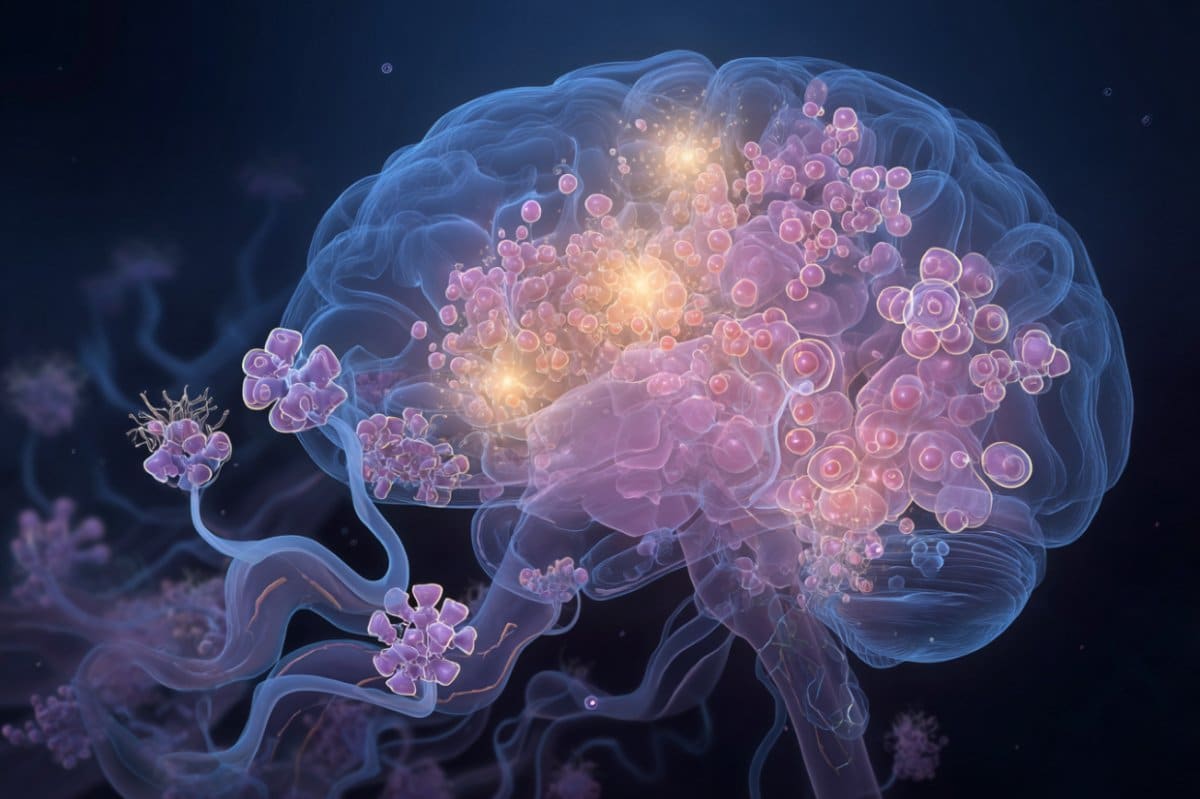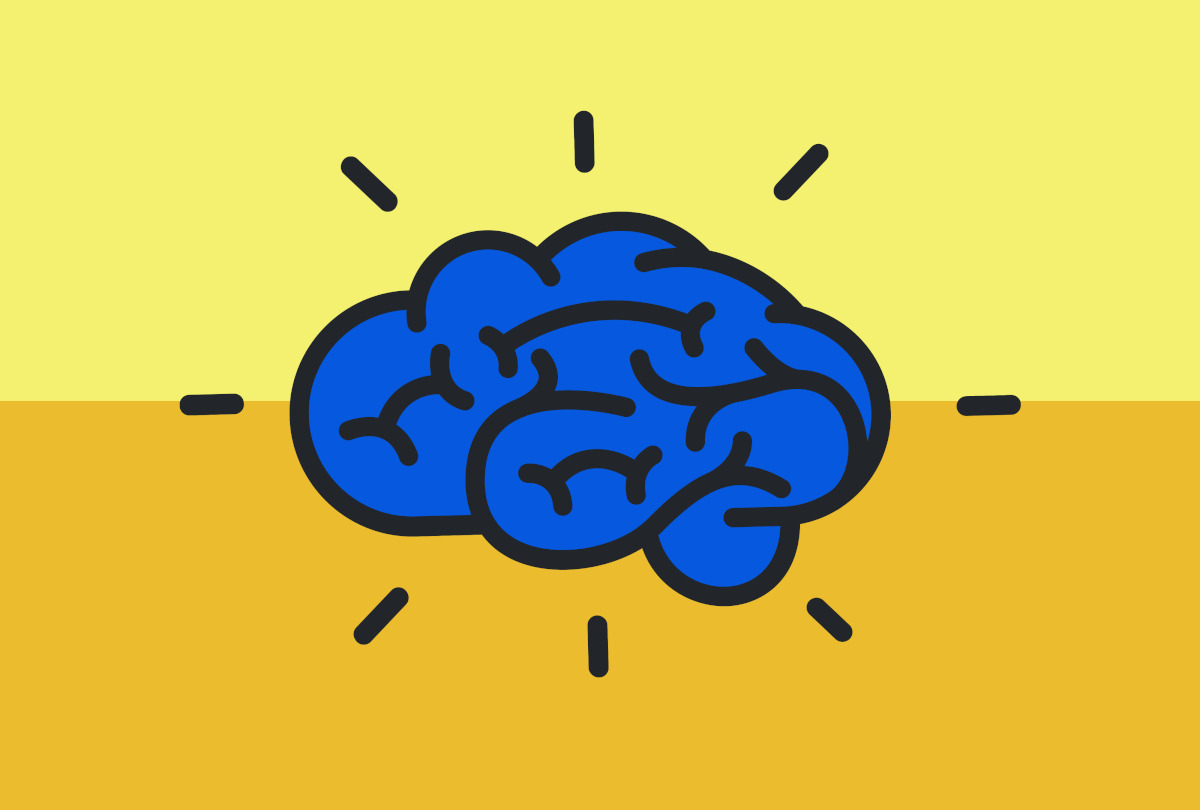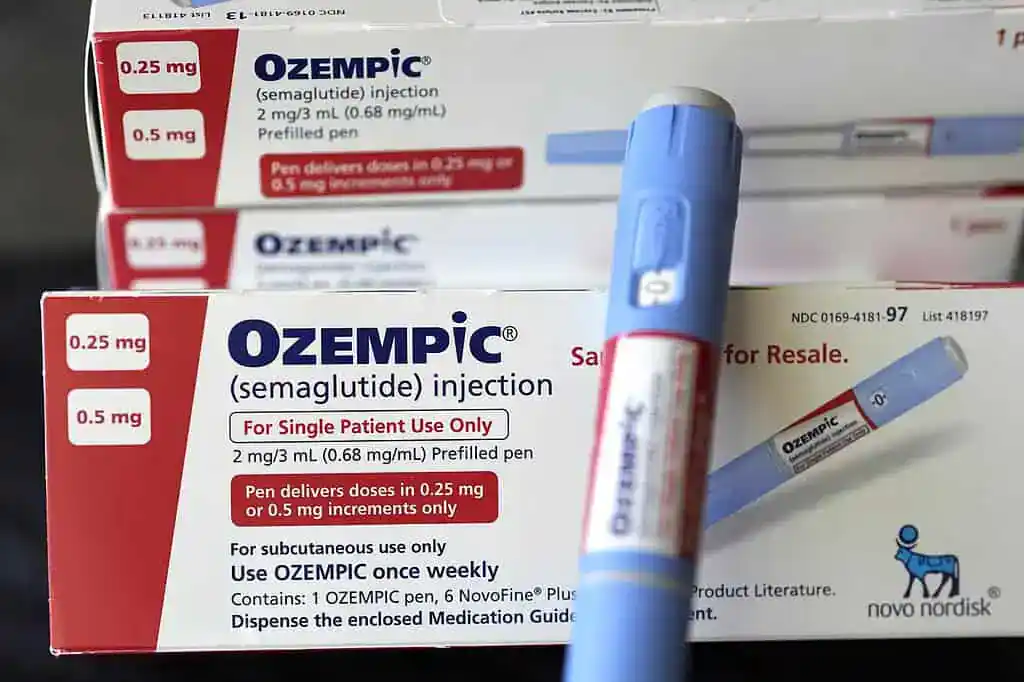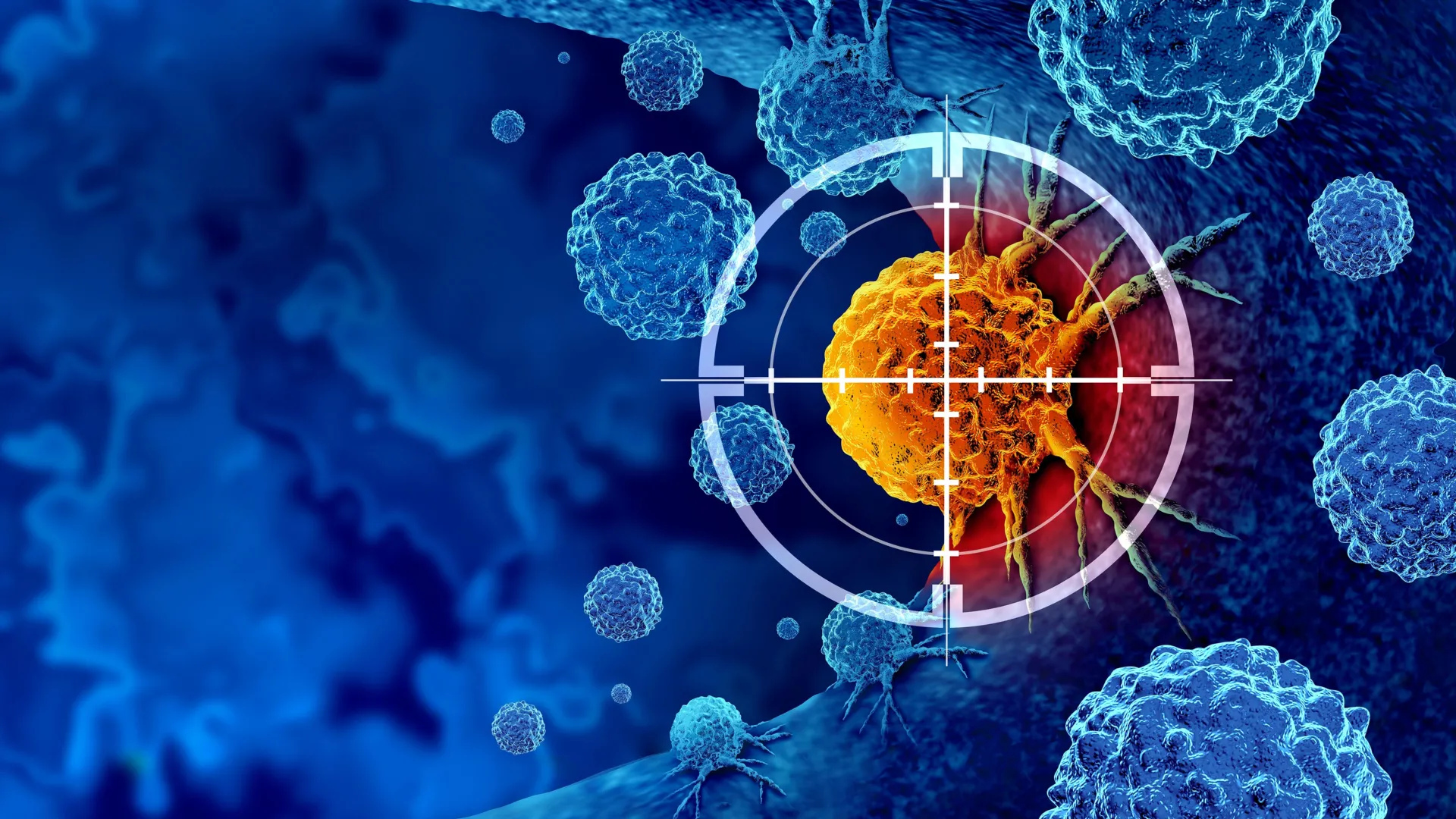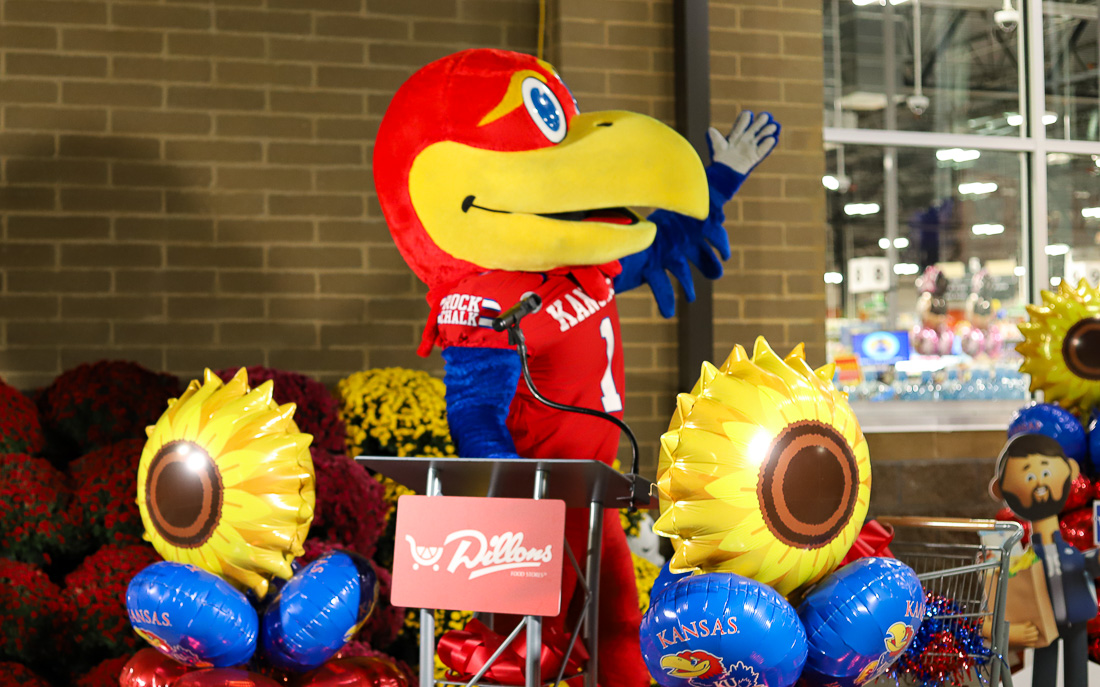At first glance, Ozempic and Wegovy seem like miracle drugs of the 21st century — a pair of injections that shrink waistlines and rebalance blood sugar. But the story doesn’t stop there. Scientists are now finding that these same drugs might also make alcohol less intoxicating and possibly less addictive.
That’s the takeaway from a new Scientific Reports study by researchers at Virginia Tech’s Fralin Biomedical Research Institute. Their small but intriguing experiment found that people taking GLP-1 receptor agonists — medications like semaglutide (Ozempic), tirzepatide (Mounjaro), and liraglutide (Saxenda) — absorb alcohol more slowly and feel less drunk when drinking.
“People who drink know there’s a difference between nursing a glass of wine and downing a shot of whiskey,” said Alex DiFeliceantonio, assistant professor and interim co-director of the Center for Health Behaviors Research at the Fralin Biomedical Research Institute.
“Faster-acting drugs have a higher abuse potential. They have a different impact on the brain. So, if GLP-1s slow alcohol entering the bloodstream, they could reduce the effects of alcohol and help people drink less.”
A Slower Buzz
In the study, twenty adults diagnosed obese came to the lab for what can only be described as a scientifically sanctioned happy hour. Half of them were taking a GLP-1 drug; the other half weren’t. All participants consumed enough vodka mixed with juice to push their blood alcohol concentration (BAC) toward 0.08% — the legal driving limit in most U.S. states.
Then the researchers tracked what happened next.
Compared to those not on the drugs, the GLP-1 users saw their breath alcohol levels rise more slowly, especially during the first 20 minutes after drinking. They also reported feeling less intoxicated on a 0–10 scale, mirroring the slower rise in alcohol levels. In technical terms, both their blood-alcohol and subjective “drunkenness” curves were flatter.
The difference wasn’t explained by nausea or other side effects — a common concern with these medications. “This difference in subjective effects was not explained by an increase in nausea in the GLP-1RA group,” the authors wrote in the paper.
What’s happening, physiologically, is simple but powerful: GLP-1 drugs slow the emptying of the stomach. Alcohol isn’t absorbed efficiently in the stomach itself — it passes into the small intestine first. If that journey is delayed, the entire alcohol absorption process stretches out, leading to a softer, slower buzz.
From the Gut to the Brain
This gut-level effect could explain why so many people online, particularly on Reddit, have said that Ozempic makes them less interested in drinking. Earlier work from the same lab found similar self-reported patterns: fewer cravings, less enjoyment, and even aversion to alcohol among GLP-1 users.
“Other medications designed to help reduce alcohol intake act on the central nervous system,” DiFeliceantonio said. “Our preliminary data suggest that GLP-1s suppress intake through a different mechanism.”
That distinction matters. Existing anti-alcohol drugs such as naltrexone and acamprosate work on brain receptors that blunt pleasure and craving. GLP-1s, by contrast, seem to modulate how fast alcohol reaches the brain — an effect that could reduce its addictive potential before it even becomes a brain problem.
As the paper puts it: “These data provide preliminary evidence that GLP-1RAs could act through peripheral mechanisms to suppress alcohol intake.”
This idea ties into what addiction researchers call the “rate hypothesis”. That’s the notion that the speed at which a drug hits the brain shapes how addictive it becomes. A slower buzz is less reinforcing, and therefore less likely to lead to compulsive use.
Beyond Weight Loss
The implications are tantalizing. If GLP-1 drugs can make alcohol less rewarding, they might someday help millions who drink more than they’d like, from casual drinkers to those with alcohol use disorder.
In the U.S., one in ten adults struggles with alcohol use disorder, and about 178,000 deaths per year are attributable to alcohol-related causes. In January 2025, Surgeon General Vivek Murthy issued a stark warning, calling alcohol use “the third leading preventable cause of cancer, after tobacco use and obesity.”
Even modest reductions in drinking could save lives — and if those reductions come as a side effect of an already-approved drug, that could change addiction treatment dramatically. “Using a drug that’s already shown to be safe to help people reduce drinking could be a way to get people help fast,” DiFeliceantonio said.
But this study is still a pilot, and the authors are the first to say so. With only twenty participants, the results are suggestive, not definitive. “While this study is small,” they wrote, “we provide essential preliminary data for the design and development of larger randomized control trials.”
Those trials are already underway, testing GLP-1 therapy for various substance use disorders, including alcohol and opioids. If the results hold up, Ozempic might someday sit on the same pharmacy shelf as addiction medications.
“The possibility of offering new hope to individuals struggling with addiction is what makes this work so meaningful,” said Fatima Quddos, the study’s first author.
First Appeared on
Source link





